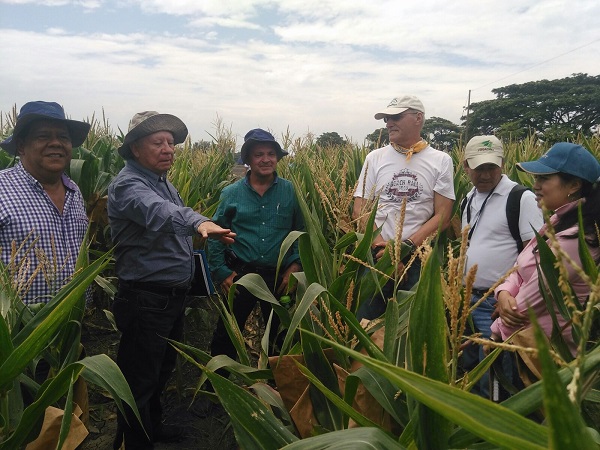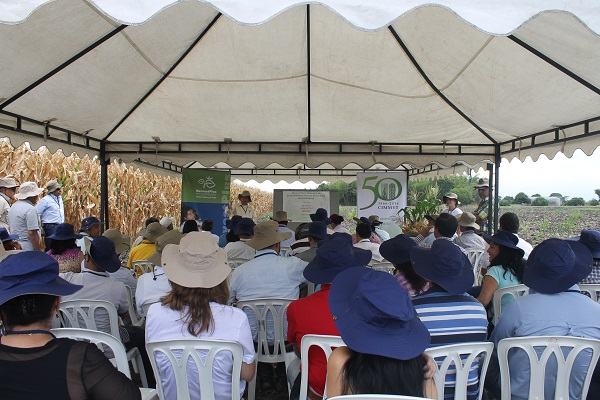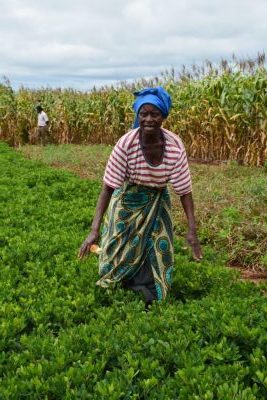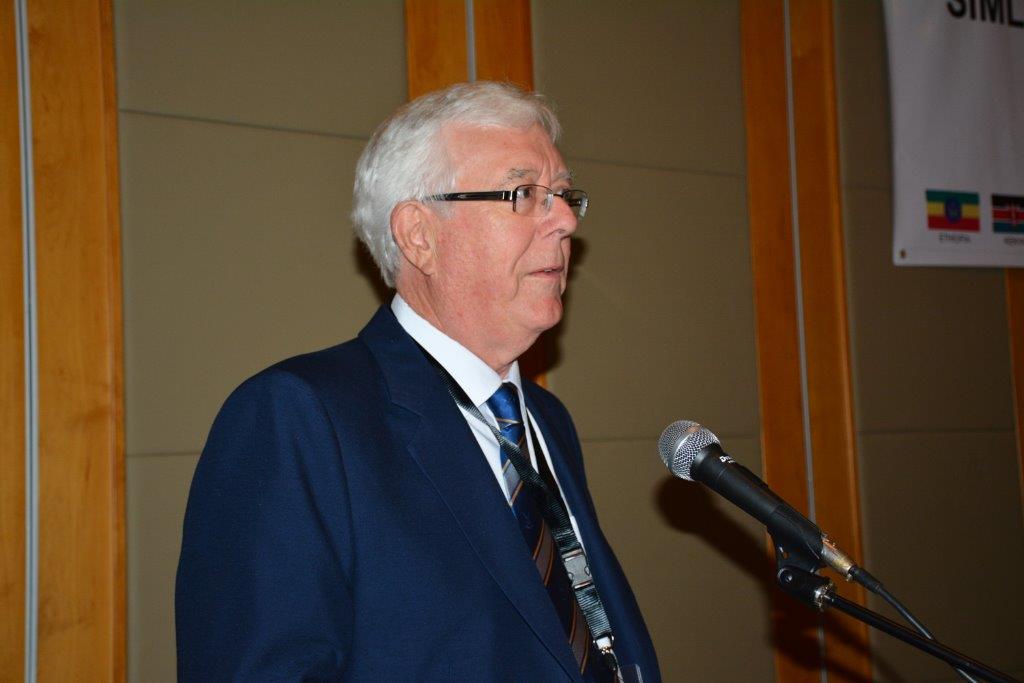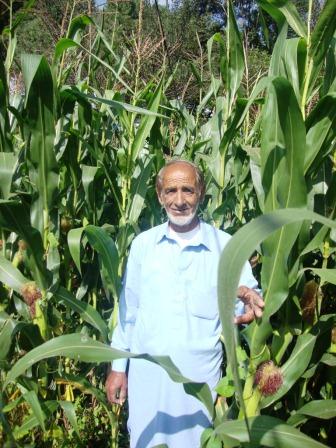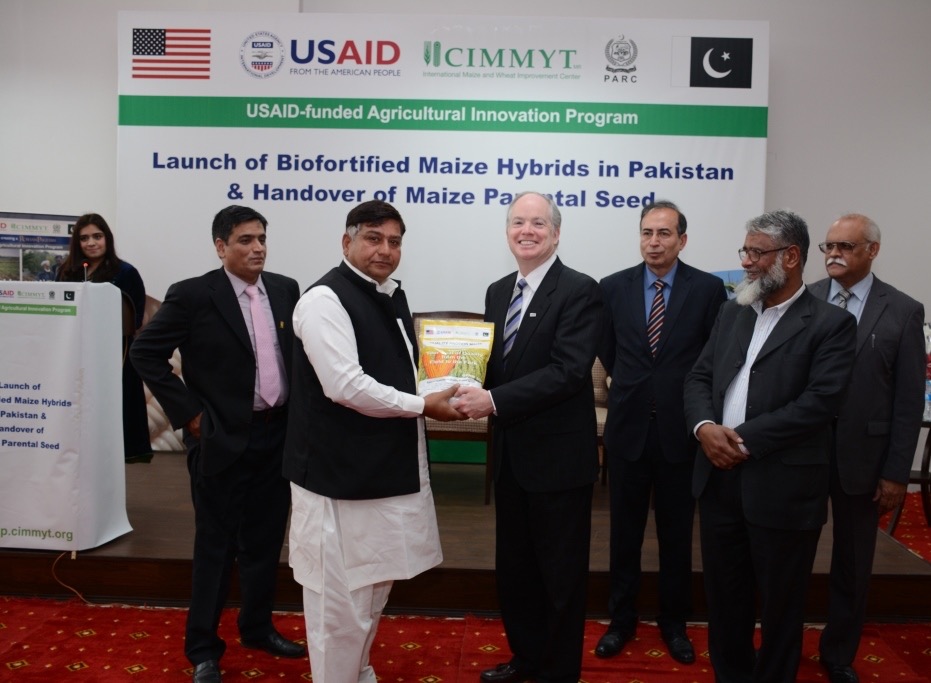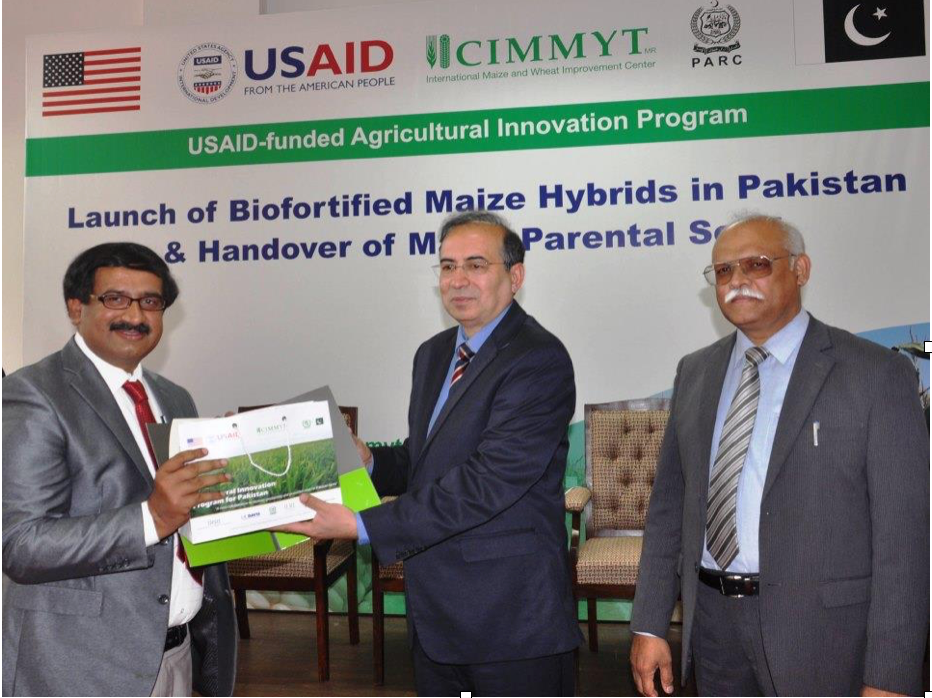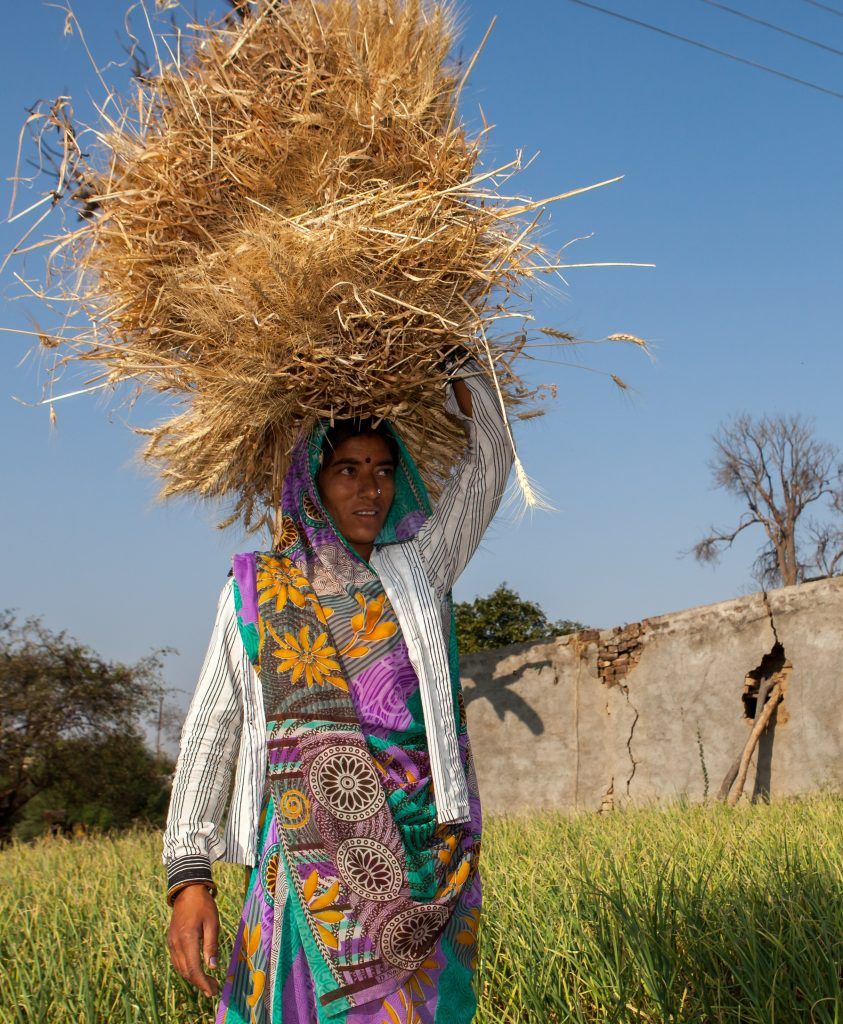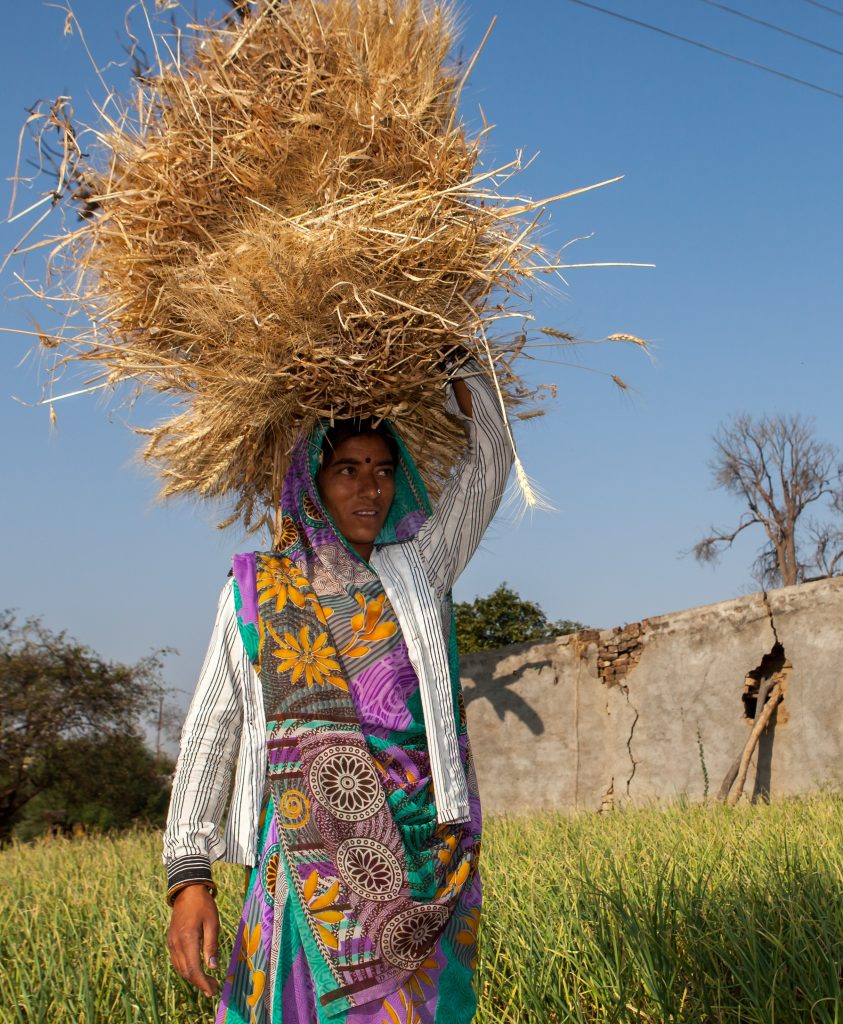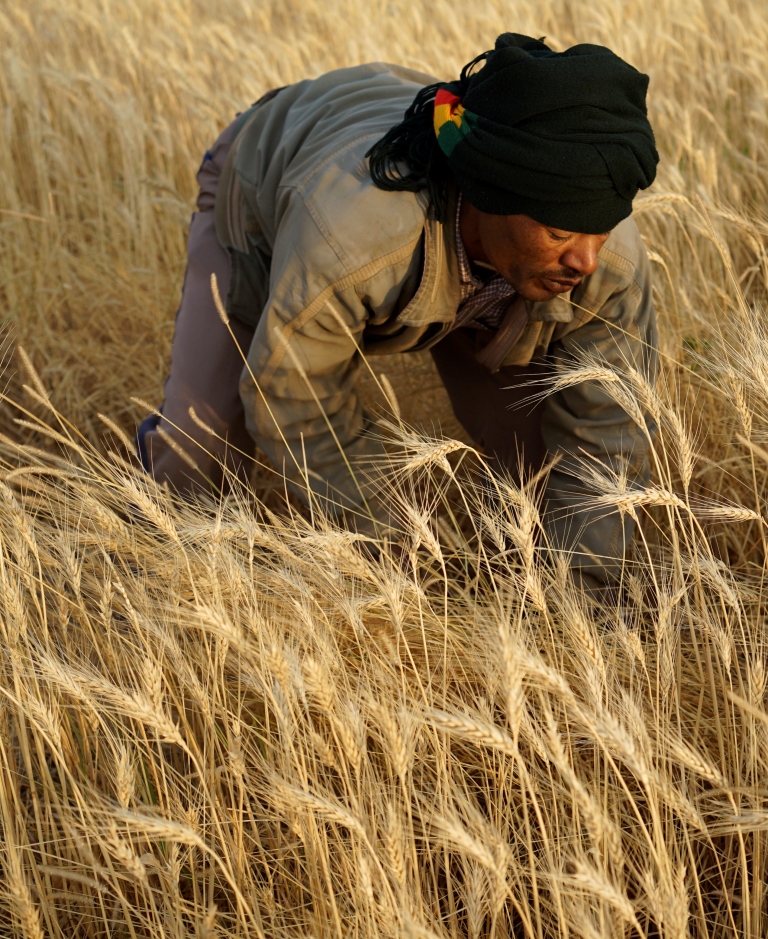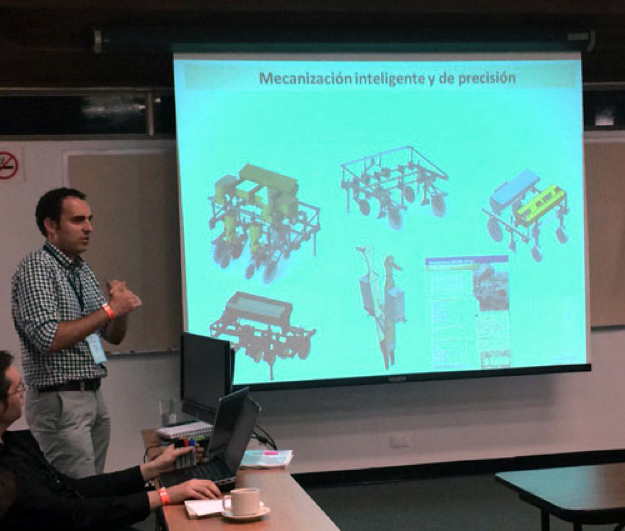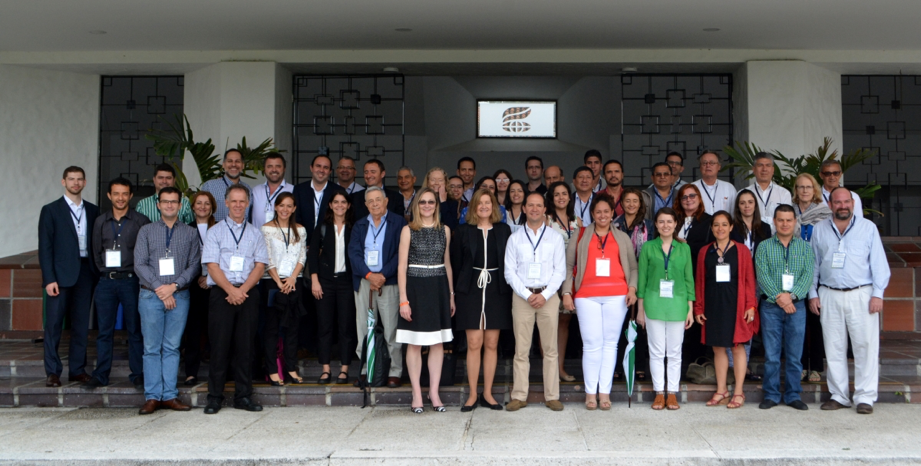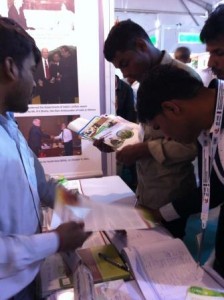A woman for wheat: Maricelis Acevedo takes on new role
This story appeared originally on the Borlaug Global Rust Initiative website. Linda McCandless is associate director for communications, International Programs, College of Agricultural and Life Sciences at Cornell University. She also oversees communications for the Delivering Genetic Gain in Wheat project.
“A ship is safe in the harbor, but that’s not what ships are for” is Maricelis Acevedo’s favorite mantra. The newly appointed associate director for science for Cornell University’s Delivering Genetic Gain in Wheat (DGGW) project left her island home of Puerto Rico in 2003 to pursue a career as a pathologist and has been traveling the world ever since.
This past month, Acevedo visited wheat screening nurseries in Kenya and Ethiopia and wheat research centers in India with Ronnie Coffman, director of the DGGW. She feels grateful for the opportunity to lead the scientific component of a project whose goals are to help mitigate the threat of food insecurity in vulnerable regions of the world, especially Ethiopia.

“The job comes with new opportunities and great responsibilities to achieve food security for a growing population,” said Acevedo. “Given the challenges of a changing climate, scarce agricultural resources, and the misinformation about what technology can provide to agriculture in the developing and developed world, I feel privileged to be a voice for farmers, researchers and sponsors in the fight against wheat pathogens.”
Acevedo believes the world can do better in bringing science to smallholder farmers’ fields. Her new journey on behalf of the DGGW began on March 16 when she helped launch the DGGW project in the wheat fields of the International Maize and Wheat Improvement Center (CIMMYT), in Ciudad Obregón in Mexico’s state of Sonora. Over the next year she will be visiting farmers and partner agricultural research facilities, including CIMMYT, around the globe.
“For the past eight years, Maricelis has collaborated with the Cornell team on various aspects of the Durable Rust Resistance in Wheat project,” said Coffman, vice-chair of the Borlaug Global Rust Initiative (BGRI). “Maricelis is an accomplished rust pathologist who also comes from an agricultural background. That is enormously helpful in a project whose success is so closely linked to farmer adoption of new varieties. We welcome her with great enthusiasm.”

The new DGGW grant will use modern tools of comparative genomics and big data to develop and deploy varieties of wheat that incorporate climate resilience and heat tolerance as well as improved disease resistance for smallholder farmers.
SMALL FARM ROOTS
Growing up on a small farm in Puerto Rico, in a family that grew plantains, bananas, edible beans, taro, sweet potato, maize and pigeon peas, Acevedo received an early introduction to the agricultural science behind farming. It was her father, now a retired agronomist from the University of Puerto Rico, who first introduced her to the concept of “pathogens.” She remembers watching him spray their fields to protect their crops from disease dressed in a protective suit and face mask. Mimicking his actions as a 4-year-old, she took a small plastic cup and sucked it tight onto her face breaking the capillaries all around her mouth and nose while “spraying” her Mom’s flowers with a watering can — “my first job as a pathologist,” she laughs.
More seriously, she also remembers her father testing farming practices that were going to be introduced to farmers’ fields in following seasons — “participatory breeding and research at its best.” And his first lessons on phenotypic selection of plantains and beans and his eagerness to try the new varieties coming out of the University of Puerto Rico Agricultural Experiment Research Station breeding and crop improvement programs.
Having experienced the devastation of seasonal crops due to drought, hurricanes, diseases and insects, Acevedo said she also knows the heartaches associated with farming. “I will never forget the emotional stress on my dad’s face in those moments.”
UNDERSTANDING HOST-PATHOGEN INTERACTION
During her undergraduate years at the University of Puerto Rico-Mayaguez, Acevedo studied biology, genetics, botany and biotechnology, courses that helped her decide to pursue a master’s degree in agronomy where she focused on crop improvement and the genetics of edible beans.
Working on host resistance helped her decide to understand the pathogen side of the disease equation so she joined James R. Steadman’s laboratory in the department of plant pathology at the University of Nebraska-Lincoln to pursue her Ph.D. in 2003. Acevedo’s research project, partially funded by the U.S. Agency for International Development, focused on virulence diversity of edible bean rust pathogens in Honduras and the identification of resistance in wild beans and bean landraces. “That is how my passion for international agriculture and rust research began,” said Acevedo.
Following her graduation in 2007, Acevedo pursued a postdoc at the U.S. Department of Agriculture – Agricultural Research Service National Small Grain Collection and Potato Research Unit in Aberdeen, Idaho, and then became assistant professor at North Dakota State University (NDSU) from 2010-2016. She said she will miss her friends and colleagues at NDSU, but credits them — along with her family — in helping her achieve her newest position at Cornell University.
Acevedo was in the first class of BGRI Women in Triticum (WIT) Early Career Award Winners in 2010. “The WIT award help me identify and meet an amazing pool of female scientists who have mentored and encouraged me. We have developed collaborations that go beyond our professional lives.”
Acevedo takes seriously her role as mentor to other younger WIT winners who look to her as a role model for their research and academic careers.
SOLUTION ORIENTED
 Acevedo believes her role with the DGGW is the perfect opportunity for her to facilitate how great work done by wheat scientists makes it to the field.
Acevedo believes her role with the DGGW is the perfect opportunity for her to facilitate how great work done by wheat scientists makes it to the field.
“I look forward to being part of the solutions necessary to deliver higher genetic gain wheat and promote better variety adoptions in key regions of Sub-Saharan Africa and Central and South Asia,” said Acevedo. “I also look forward to seeing how we can utilize new technologies such as high through-put phenotyping, genomic selection and early warning systems for pathogen epidemics and implementing them in research and farmers’ fields.
“With the BGRI’s help in capacity building, research and education, we are training the next generation of wheat scientists for their countries and for their regions, increasing wheat production, and helping achieve food security,” Acevedo said. “I am very excited about helping developing countries with high potential for wheat improve their production and yield.”
More on Delivering Genetic Gain in Wheat
YouTube interview with Maricelis Acevedo
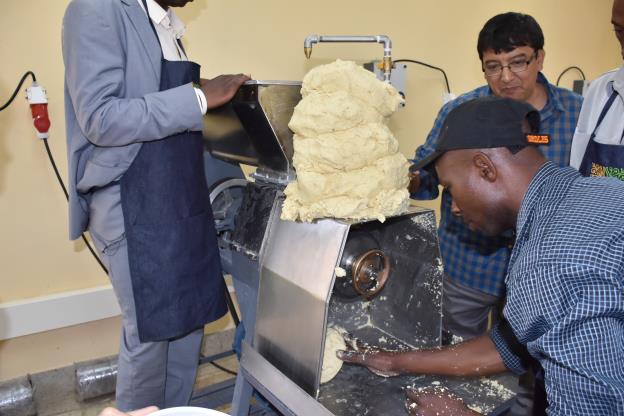
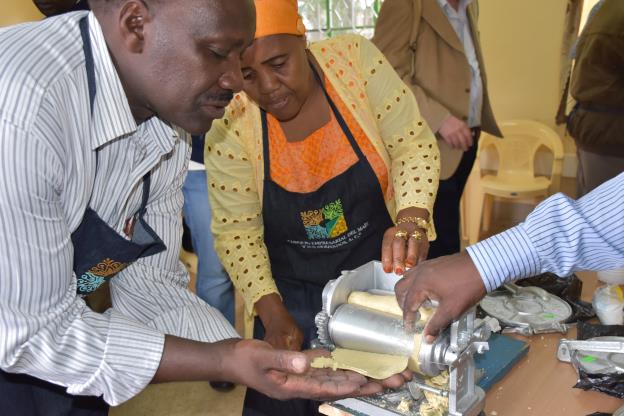




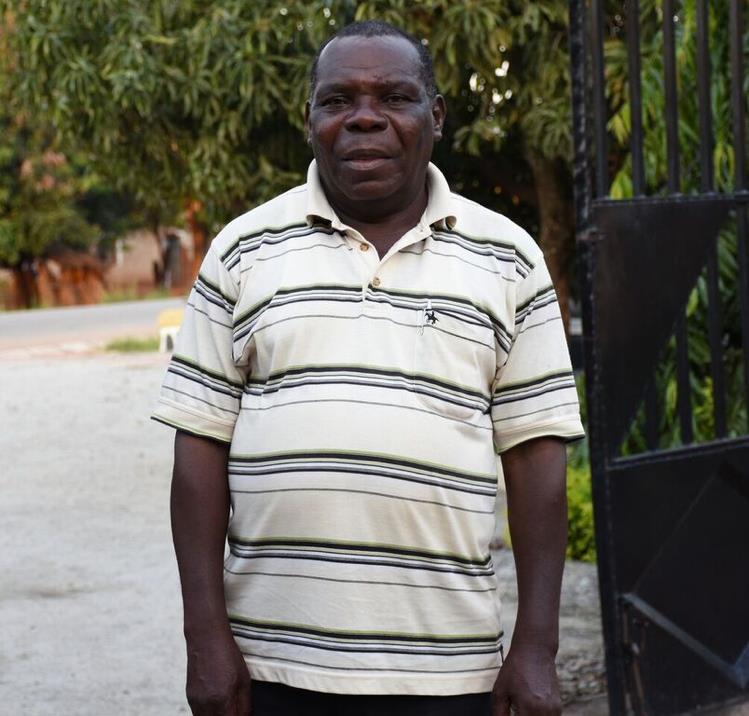
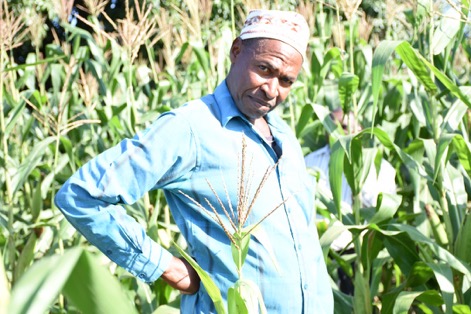
![“This was my first try planting a drought-tolerant hybrid variety, and [after] seeing all this healthy maize, I am a believer,” says Daniel Reuben (above), a farmer of over 30 years regarding Lubango. “I can already tell that I will have a good harvest from the double cobs on each plant.” Normally, Reuben uses all his harvest to feed his family, but this year he expects to be able to produce more to sell and earn extra profit. Photo: Kelah Kaimenyi/CIMMYT.](http://staging.cimmyt.org/wp-content/uploads/2016/04/kelah_4.jpg)
